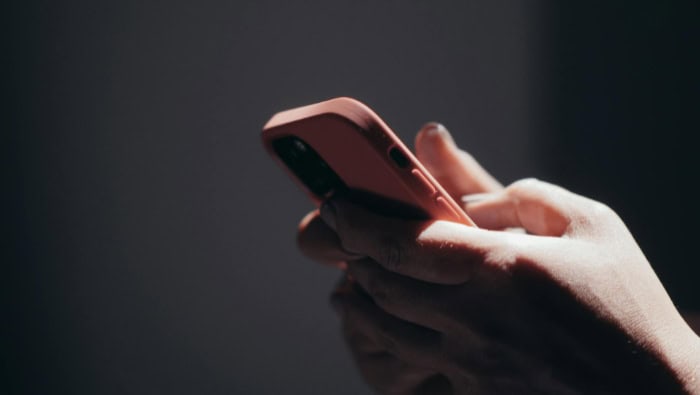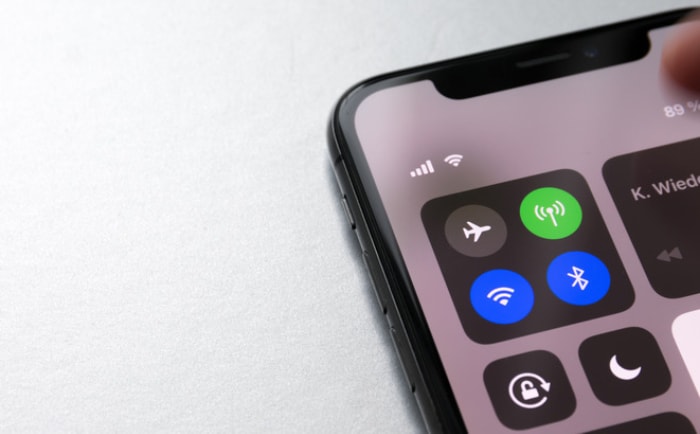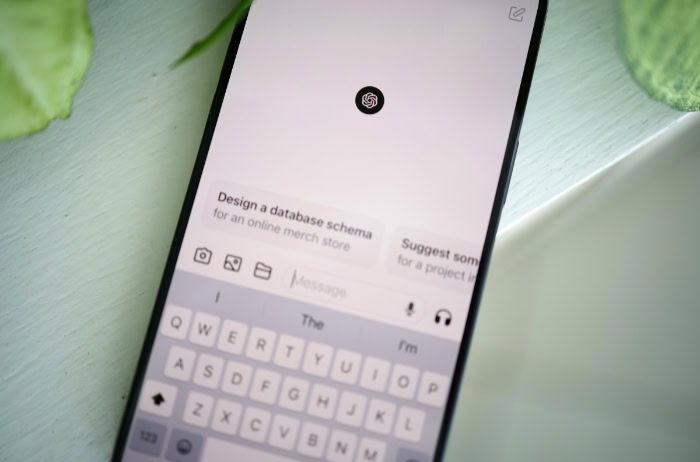How to Take a Break From Social Media: Reclaim Your Time
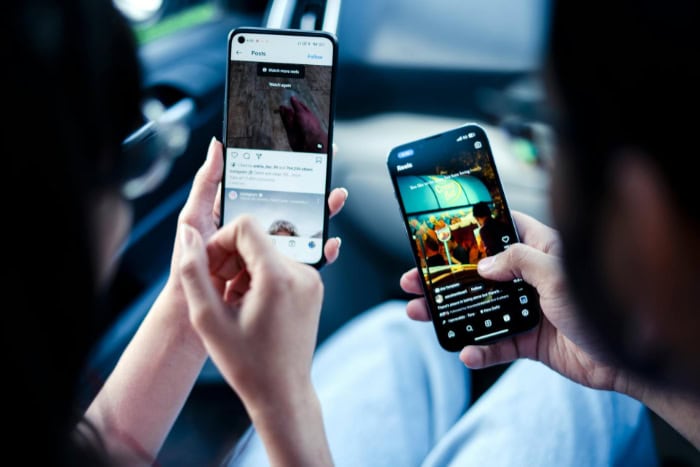
The constant buzz of social media can leave even the most connected individuals feeling overwhelmed and distracted. While these platforms offer endless entertainment and connection, they often come at the expense of mental health, productivity, and genuine offline bonds.
Taking a break from social media isn’t about abandoning it entirely but creating space to recharge, refocus, and reconnect with what truly matters.
Understanding the Need for a Social Media Break
Social media has become an integral part of daily life, shaping how people communicate, share, and consume information. While it offers convenience and connection, constant use can leave individuals feeling drained, distracted, or even dissatisfied.
Taking a break isn’t just about disconnecting but about giving yourself a chance to recharge mentally, refocus on personal goals, and foster healthier relationships offline.
Mental Health Benefits
Social media can sometimes amplify feelings of anxiety, self-doubt, or inadequacy, especially through the lens of comparison culture. It’s easy to lose sight of your own accomplishments when surrounded by curated images of other people’s highlight reels.
Taking a break allows space to step back from this cycle and reconnect with your self-worth, free from the pressure to constantly measure up. This pause can help promote a healthier relationship with yourself, reducing stress and boosting self-esteem.
Moreover, the sheer amount of digital information processed daily can strain the mind, leading to mental fatigue. A break offers the opportunity to restore a sense of calm, giving the brain time to focus on present experiences without the constant pull of notifications.
This mental quiet can nurture a more peaceful and grounded state, empowering you to approach challenges and decisions with clarity.
Productivity Gains
While social media can be a source of inspiration or a tool for learning, it can also become a major distraction. Hours once spent on hobbies, personal projects, or meaningful tasks can easily be consumed by endless scrolling.
By stepping away from these platforms, you open up time to focus on activities that drive personal growth, such as developing a skill, reading, or simply spending uninterrupted moments on work that matters.
Breaking free from the habit of checking social media also strengthens concentration. Without the temptation to check for constant updates, it becomes easier to immerse yourself in a task and complete it without interruption.
In turn, this newfound focus can help you accomplish more in less time, leaving you feeling productive and fulfilled by the end of the day.
Relationship Improvements
While social media may foster virtual connections, it can sometimes create distance in real-life relationships. Time spent staring at a screen often comes at the expense of meaningful interactions with family and friends.
Taking a break allows you to reconnect with loved ones in person, deepening bonds and building stronger, more authentic relationships.
This offline time can also encourage better listening and communication, as you’re less likely to be distracted by posts or notifications. Conversations can become more intentional and meaningful, allowing relationships to thrive without the interference of digital noise.
A pause from social media reminds you of the joy of shared moments, fostering a greater appreciation for the people around you.
Preparing for Your Break
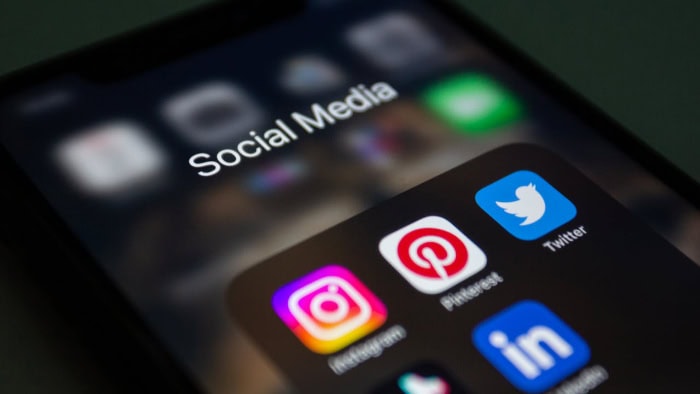
Taking a social media break can feel liberating, but stepping away successfully begins with careful preparation. To make the transition smooth and effective, setting clear intentions and creating boundaries is essential.
Planning ahead not only helps you stick to your decision but also ensures that your online and offline commitments are managed without unnecessary stress.
Clarify Your Goals
Before starting your break, it’s important to define what you want to gain from it. Consider how social media currently impacts your daily life and identify the areas where you feel its influence the most.
Perhaps you’re losing valuable sleep scrolling late at night, struggling to focus on studies or work, or feeling disconnected from those around you. Setting specific goals, such as improving your sleep quality, dedicating more hours to personal interests, or simply clearing mental clutter, gives your break a clear purpose.
Having these objectives in mind can also keep you motivated when the temptation to check your phone arises.
Think of this as an opportunity to refocus your time and energy on activities that matter most to you. Whether it’s finishing a creative project, reading more books, or spending meaningful time with loved ones, knowing what you want to achieve sets the tone for a successful break.
Notify Your Network
If you’re an active participant in group chats, online communities, or social platforms, politely letting others know about your decision can help manage expectations. This doesn’t have to be a dramatic announcement, a simple message or brief post explaining you’ll be stepping away for a while is often enough.
Sharing your intentions not only prevents misunderstandings but also reassures friends and followers that you haven’t disappeared unexpectedly.
For those worried about missing out on urgent updates, you can provide alternative ways to stay in touch, such as email, phone calls, or messaging apps you plan to retain during your hiatus. This small step allows you to take your break without feeling disconnected from the people who matter most.
Technical Adjustments
Removing temptation plays a huge role in the success of your social media break. Start by deleting apps from your phone, tablet, or any other device you frequently use.
This simple action reduces the ease of access and prevents mindless habit loops that might cause you to check your accounts out of impulse. For added support, you can temporarily deactivate your accounts so they’re out of sight and out of mind.
Disabling notifications is another effective way to minimize distractions. Without the constant ping of alerts vying for your attention, you’ll find it easier to stay present and focused on your offline activities.
If you’re worried about slipping into old habits, productivity tools like Freedom or StayFocusd can block access to specific websites or apps during your chosen break period. These adjustments may feel drastic at first, but they create the mental space you need to fully detach and embrace the benefits of your social media pause.
Designing Your Break Strategy
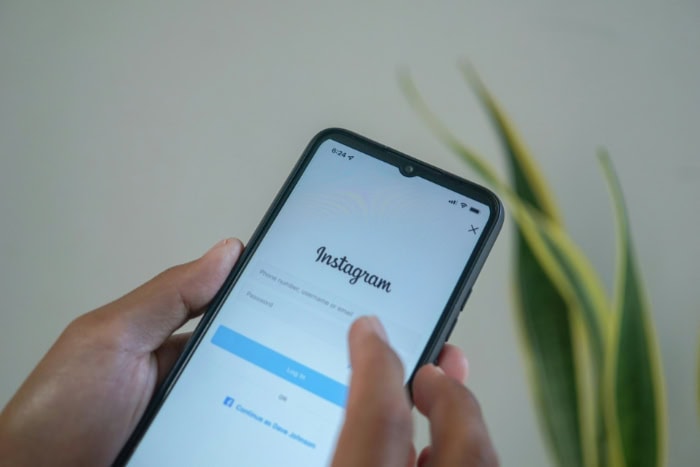
A social media break isn’t a one-size-fits-all solution, it works best when tailored to fit your lifestyle and needs. Whether you want a brief pause to reset or a longer break to create meaningful change, designing a strategy helps you approach the experience thoughtfully.
Taking the time to plan how and when you’ll step away makes it easier to maintain balance and stick to your commitment.
Short-Term Detox
Sometimes, all it takes to feel rejuvenated is a short break. A detox lasting anywhere from 24 hours to a week can help you reset your habits and realize how much space social media occupies in your life.
This type of break is ideal if you’re feeling overwhelmed or distracted and need a quick mental refresh.
During a short-term detox, you might initially find it challenging to resist the urge to check your notifications or scroll through your feed out of habit. However, this brief separation can teach you how to engage with your offline surroundings in a more meaningful way.
You might find yourself being more present during conversations, enjoying hobbies without distractions, or simply experiencing a sense of calm without the constant pull of updates.
Extended Hiatus
For those seeking a deeper sense of clarity, an extended social media break lasting one to three months can be transformative. This type of hiatus allows you the time needed to reflect on your social media habits and evaluate how they align with your personal values and goals.
By stepping away for a longer period, you can break free from patterns of overuse and establish a healthier relationship with technology.
An extended break often provides an opportunity to reconnect with aspects of your life that may have been sidelined by constant screen time. Whether it’s dedicating more attention to creative projects, nurturing real-life relationships, or developing new skills, the absence of social media makes room for purposeful activities.
It’s also a chance to redefine how much influence these platforms should hold over your daily routine when you eventually return.
Scheduled Breaks
If quitting social media entirely feels overwhelming, scheduled breaks offer a balanced approach. Allocating specific windows of time to disconnect, such as staying offline during mornings, evenings, or weekends, can create a sense of structure while maintaining the benefits of stepping away.
These recurring “offline hours” reduce reliance on social media without requiring a full withdrawal.
Daily and weekly breaks are particularly effective for building healthy habits over time. For example, starting your day without checking social media allows you to focus on personal priorities instead of being influenced by external content.
Digital-free weekends, on the other hand, offer dedicated time to completely unplug, making it easier to engage in outdoor activities, spend quality time with loved ones, or simply relax.
Addressing Challenges During the Break

Taking a break from social media may sound straightforward, but it's common to encounter challenges as you adjust to life without constant connectivity. The absence of social media can create feelings of unease, from worrying about missing out on updates to coping with the habitual urge to scroll.
These moments of difficulty are entirely normal and can be managed with intentional strategies.
Combat FOMO
Fear of missing out, or FOMO, is one of the most common challenges when stepping away from social media. While others might still be posting updates and sharing experiences online, it’s easy to feel as though you’re out of the loop.
Instead of fixating on what you’re not seeing, shift your attention to creating an offline experience that feels fulfilling and exciting.
An effective way to overcome FOMO is by planning activities that bring you joy. Consider creating an offline bucket list with things you’ve wanted to try, such as hiking a new trail, experimenting with cooking, starting a garden, or tackling a DIY project.
These activities not only keep you busy but also help you focus on the present moment. The sense of accomplishment that comes with exploring new hobbies or spending time outdoors can be far more rewarding than anything you might miss online.
Resist Urges
Breaking the habit of reaching for your phone can be challenging, especially in idle moments when scrolling might feel second nature. To resist these urges, it’s helpful to have healthy replacements for this behavior.
Mindfulness exercises, such as deep breathing or meditation, can train your mind to stay present instead of seeking distraction. Even a short moment of reflection, like journaling your thoughts or practicing gratitude, can fill the gaps previously occupied by social media use.
For those looking to engage their creative side, activities such as drawing, writing, playing an instrument, or crafting can be a fantastic outlet. These creative projects provide a sense of focus and satisfaction, keeping your hands and mind busy.
By replacing scrolling with intentional actions, you gradually reduce the grip of old habits and build new ways to stay productive and inspired.
Professional Needs
For individuals who rely on social media for work purposes, taking a break can feel particularly daunting. However, stepping away doesn’t have to disrupt your professional responsibilities.
Tools like Buffer or similar scheduling platforms allow you to plan and automate posts ahead of time, ensuring your online presence continues without real-time involvement. This approach lets you meet your work commitments while still enjoying the benefits of a personal break.
During your hiatus, you can also designate specific times to check essential updates if absolutely necessary. Setting these boundaries helps you maintain balance and avoid falling back into old habits.
Remember, the goal is to minimize engagement while keeping your priorities intact.
Transitioning Back Mindfully
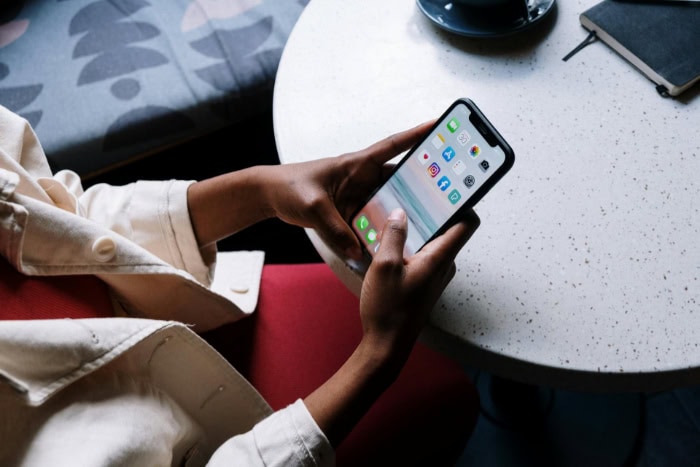
Returning to social media after a break is an opportunity to rethink how you engage with it. Without intentionality, it’s easy to slip back into old patterns that may have left you feeling overwhelmed in the first place.
A mindful return involves setting boundaries, curating your online space, and regularly checking in with yourself to ensure the time you spend online aligns with your priorities. This approach allows you to maintain the clarity and balance gained during your break while still enjoying the benefits of social connection.
Set Boundaries
One of the most effective ways to avoid falling into the trap of overuse is by setting clear limits on how and when you engage with social media. Allocating specific time slots, such as 30 minutes a day or a set window in the evening, ensures that it doesn’t consume more of your time than intended.
By turning social media usage into a scheduled activity rather than a constant habit, you can maintain better control over your time and attention.
Another helpful strategy is to eliminate distractions during these allocated times. Instead of aimlessly scrolling, engage with purpose. Whether it’s responding to messages, catching up on updates, or sharing something meaningful.
Once your set time is up, log out and redirect your focus to other activities. These boundaries create a more balanced relationship with social media, ensuring it enhances your life rather than detracting from it.
Curate Your Feed
The content you consume online has a significant impact on your mood and mindset. Returning from a break is the perfect time to reevaluate your social media feed.
Unfollowing accounts that promote negativity, encourage harmful comparisons, or bring unnecessary stress can create a more positive online space. Instead, prioritize following accounts that inspire, educate, or uplift you.
This is also an opportunity to reflect on the type of content you engage with. Ask yourself if the accounts you follow add value to your day or if they make you feel drained.
A well-curated feed can transform social media into a tool for enrichment and positivity, helping you navigate the digital world with a greater sense of intention.
Reflect and Adjust
Social media habits aren’t static, they evolve as priorities and lifestyles change. To maintain a healthy balance, take time to regularly assess how your usage fits into your overall life.
Reflect on how you feel after spending time online. If you notice stress, frustration, or distraction creeping back in, it might be time to revisit your boundaries or adjust your engagement.
It’s also worth checking in with the goals you set before your break. Did social media pull you closer to or further from them? Use these reflections to refine your approach and create a routine that aligns with your values.
Staying mindful of the role social media plays in your life ensures you remain in control of the way you interact with it, keeping it a tool rather than a burden.
Conclusion
Taking a break from social media is more than just stepping away from screens, it’s a chance to reconnect with yourself, prioritize what matters most, and create a healthier relationship with technology. Whether it’s for a day, a few months, or through scheduled pauses, the transformative potential lies in how you approach the experience.
By being intentional with your goals, preparing effectively, and designing strategies that suit your lifestyle, you give yourself the space to recharge and refocus.
Success doesn’t come from rigid rules but from the ability to adapt these practices to your unique needs. Each small adjustment, from setting boundaries to curating your feed, is a step toward a more balanced and fulfilling connection with the online world.
A social media break isn’t about withdrawal, it’s about reclaiming your time and energy for the people, passions, and moments that bring real value to your life.
